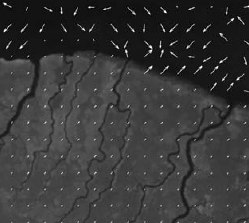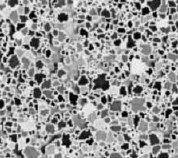Kelly, et al. 2004. Photogrammetric Engineering and Remote Sensing. For a geographer viewing the early days of the SOD epidemic, there were several intriguing spatial aspects on which a monitoring system could be built, including: 1) disease impact was clearly visible at multiple spatial scales, making remote sensing useful in the monitoring process; 2) disease spread and consequent mortality were patchy at landscape scales, making spatial analysis useful; 3) the disease appeared to be spatially regulated, making accurate spatial data collected using GPS and maintained and mapped using GIS critical; and 4) public awareness and concern about the disease were high, and public participation was needed in the monitoring/tracking process, making webGIS and cartography immediately useful tools for information distribution and management assistance.
Click to read more ...
 Friday, March 30, 2007 at 8:00AM
Friday, March 30, 2007 at 8:00AM  gis,
gis,  lulc,
lulc,  remote sensing,
remote sensing,  watershed,
watershed,  wetlands
wetlands 

